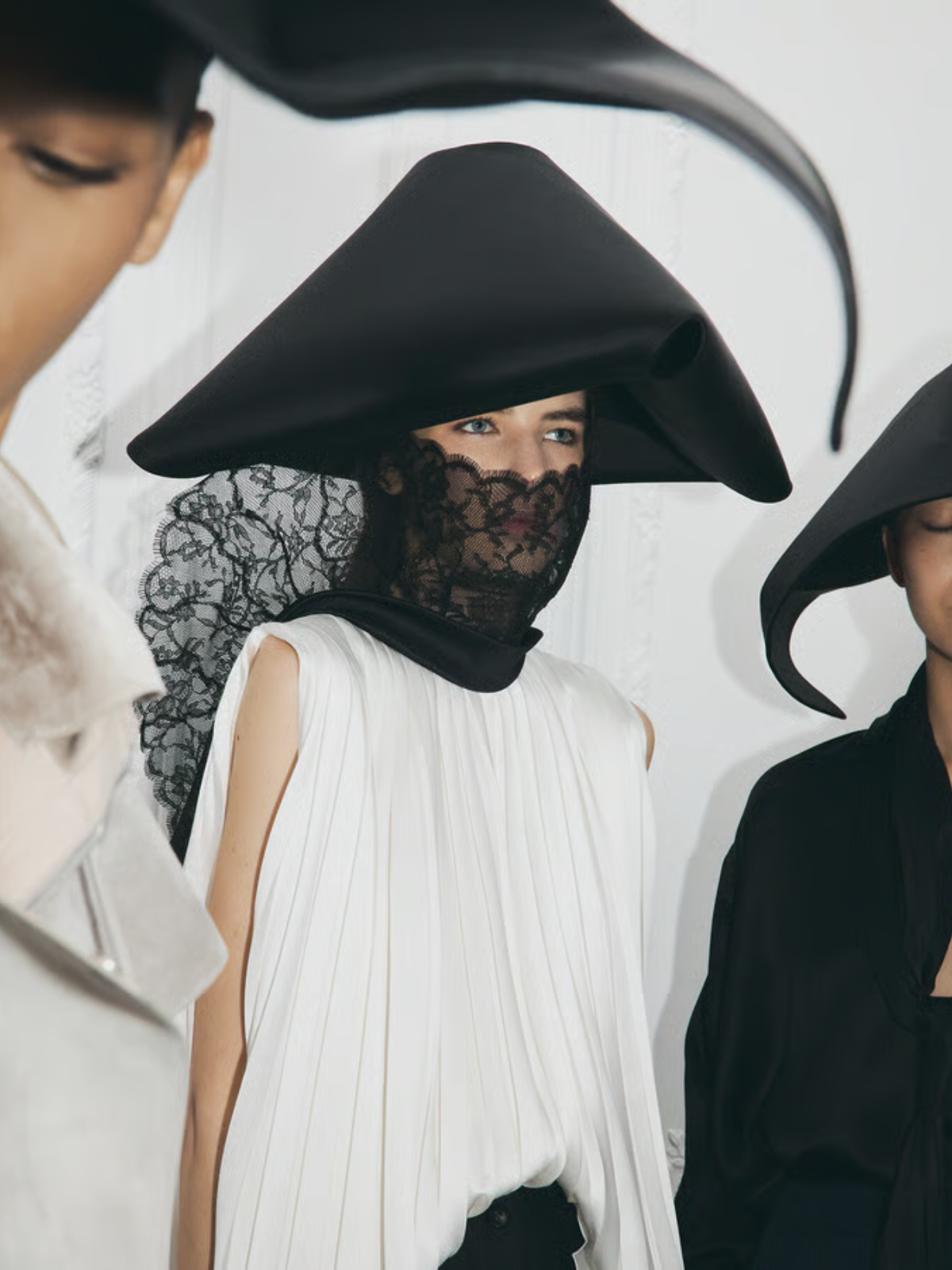
A Daring New Dior: Jonathan Anderson’s Revolutionary SS26 Debut

What happens when one of fashion’s boldest thinkers steps into the most storied house in couture? The result – as Jonathan Anderson proved with his Dior Spring/Summer 2026 debut – is a collision of heritage and subversion; a reimagining of femininity that felt both deeply intelligent and quietly radical.
This womenswear season has been a turning point for fashion. Fifteen designers launched collections across New York, Milan and Paris, but few moments were as anticipated as Anderson’s debut for Dior. The Irish designer, already hailed for transforming Loewe from a heritage leather label into a modern design powerhouse, entered Dior with the weight of history on his shoulders – and "the eyes of the world watching", as he told BBC News.

A debut built on storytelling
Anderson’s attention to detail began long before the runway. Easter eggs appeared months ahead of the show, with select women’s looks quietly teased since his menswear debut in June. Sabrina Carpenter appeared in a custom grey skirt and blazer inspired by Dior’s original New Look, Rihanna in a mint waistcoat and smoking jacket, and Mia Goth in rippling, pleated silk.
Even the invitation became part of the narrative. Instead of paper, guests received a metallic grey box containing a porcelain plate adorned with eggs, nuts or pastries – a whimsical nod to 19th-century French trompe l’oeil ceramics designed to amuse dinner guests. It was a symbolic gesture of hospitality and heritage, executed with Anderson’s characteristic wit.


A show built on tension
Inside a purpose-built showspace, an inverted pyramid hung from the ceiling, a wink to IM Pei’s audacious Louvre entrance across the Jardin des Tuileries. Credited to Luca Guadagnino and production designer Stefano Baisi, the structure transformed into a screen for a film by British director Adam Curtis. The opening paid tribute to Dior’s lineage of designers and set the tone: reverent, melancholic and full of possibility.

The collection was layered and exacting. Classic Dior codes were reinterpreted: Bar Jackets cropped and sharp, tri-corn hats reborn for a modern woman, trapeze dresses folding into sculptural overcoats inspired by the 1952 La Cigale silhouette. A quiet palette allowed craft to sing. Shoes bloomed with plaid fabric roses. Skirts stacked in frothy mille-feuille layers. Lace veils suggested drama beneath serenity.


Savoir-faire: The Creation of Dior's SS26 Collection
The looks were undeniably Dior – yet infused with Anderson’s youthful edge. Models walked the runway in structured mini skirts styled beneath sweeping wool capes that draped across the shoulders, and sharply tailored jackets with exaggerated collars. Dresses opened at the back in subtle acts of sensuality, while lightweight knits moved with an effortless modernity. Denim was reimagined in every proportion, from slim silhouettes to barrel-leg jeans, while outerwear featured sculpted, high-collared coats that nodded to couture tradition through a contemporary lens. Each piece felt wearable yet expressive, bridging the gap between ready-to-wear and art.
The tension between fantasy and functionality defined the show. “Dressing,” Anderson said, “is a way to become a character on the stage that is life.” It was theatrical yet intimate – couture as a mirror for the woman who wears it.


The daring new Dior
Critics responded with rare unanimity. Vogue called it “a daring new Dior.” The Independent praised it for being “romantic, rebellious and refreshingly wearable,” applauding Anderson for giving the brand “a shot of youthful energy” without losing its soul.
The house itself released a statement that captured Anderson’s intent perfectly:
“Daring to enter the house of Dior requires an empathy with its history a willingness to decode its language, which is part of the collective imagination, and the resoluteness to put all of it in a box,” the brand said. “Not to erase it, but to store it, looking ahead, coming back to bits, traces or entire silhouettes from time to time, like revisiting memories.”
Among the symbolic touches was the return of Dior’s lowercase logo, a subtle nod to the past that underscored Anderson’s mission: to respect history without being ruled by it.
Like all great fashion moments, this debut sparked debate. Some fans celebrated its fresh vision; others questioned its departure from Dior’s familiar romanticism. Either way, everyone was talking. As references surfaced, intent sharpened, and Anderson had the fashion community on the edge of their seats once again.

Join the conversation
What did you think of Jonathan Anderson’s debut at Dior? Genius, disruption or a bit of both?
Share your thoughts below, then explore our edit of pre-loved Dior at Second Stories. Each piece has a past and a future, ready for its next chapter in your wardrobe.
Watch the runway:
Film: Adam Curtis
Set Design: Luca Guadagnino and Stefano Baisi
Stylist: Benjamin Bruno
Makeup: Peter Philips
Hair: Guido Palau
Casting: Ashley Brokaw
Music: Frédéric Sanchez
Nails: Ama Quashie
Production: Bureau Betak


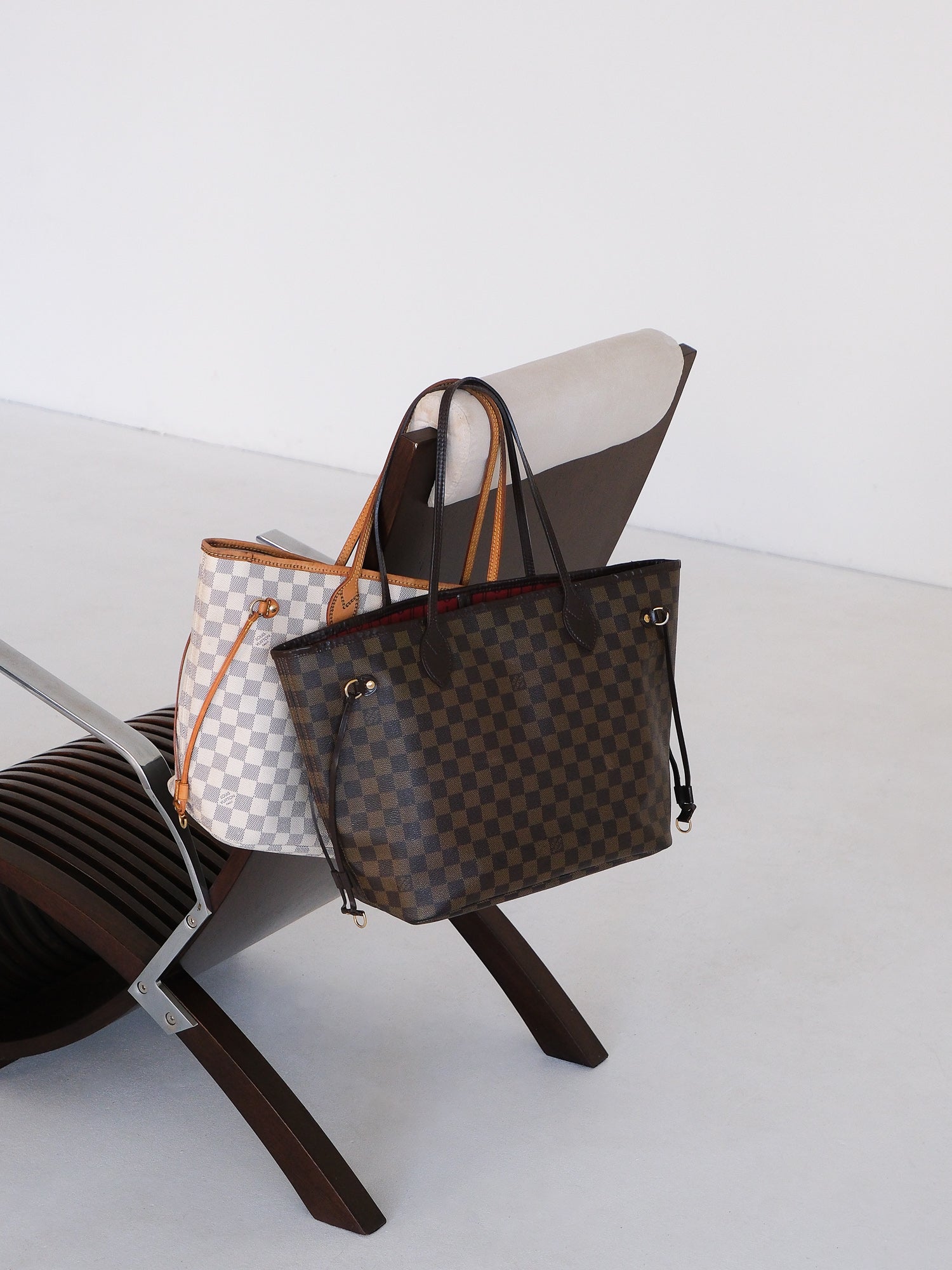
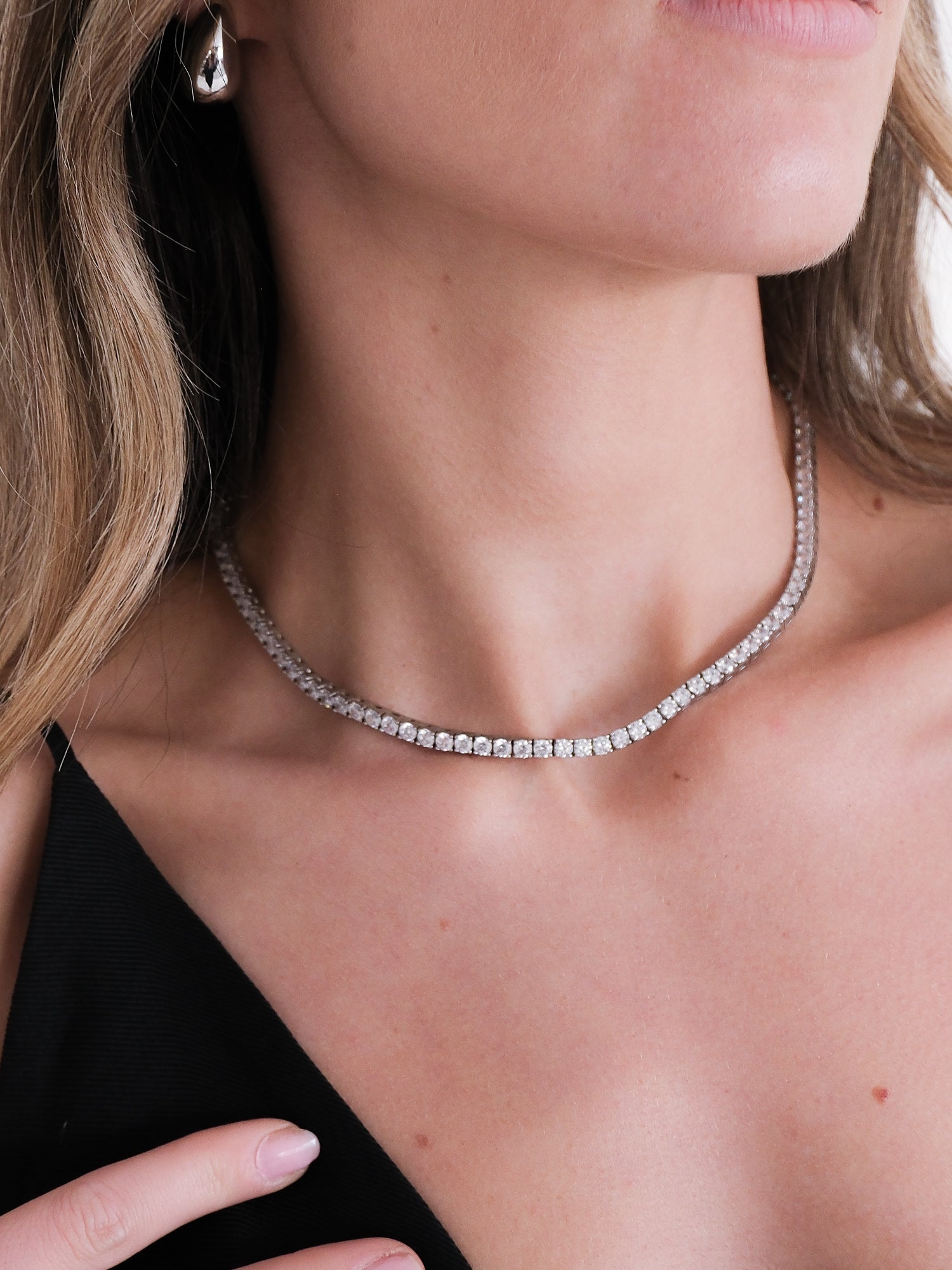
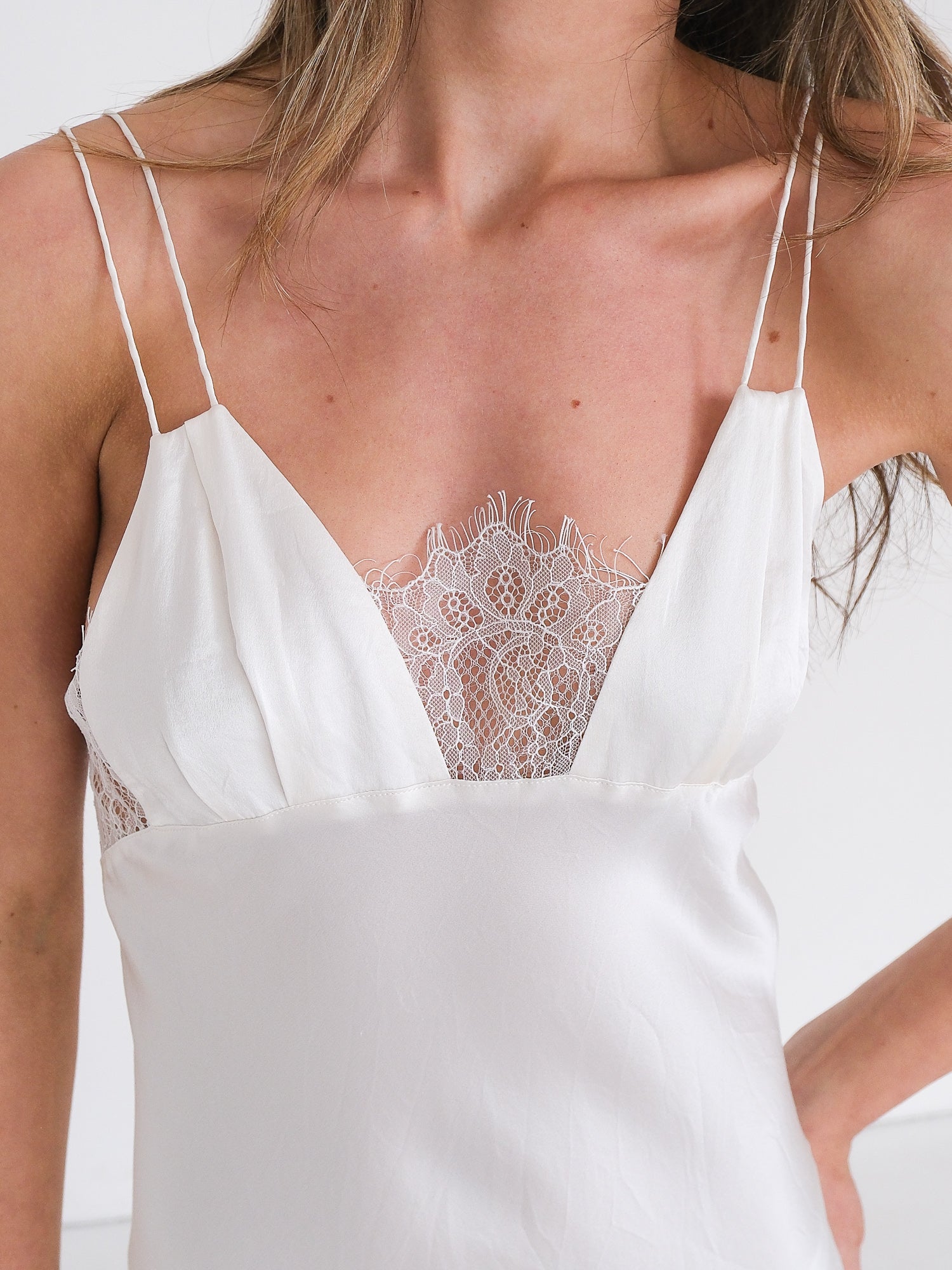
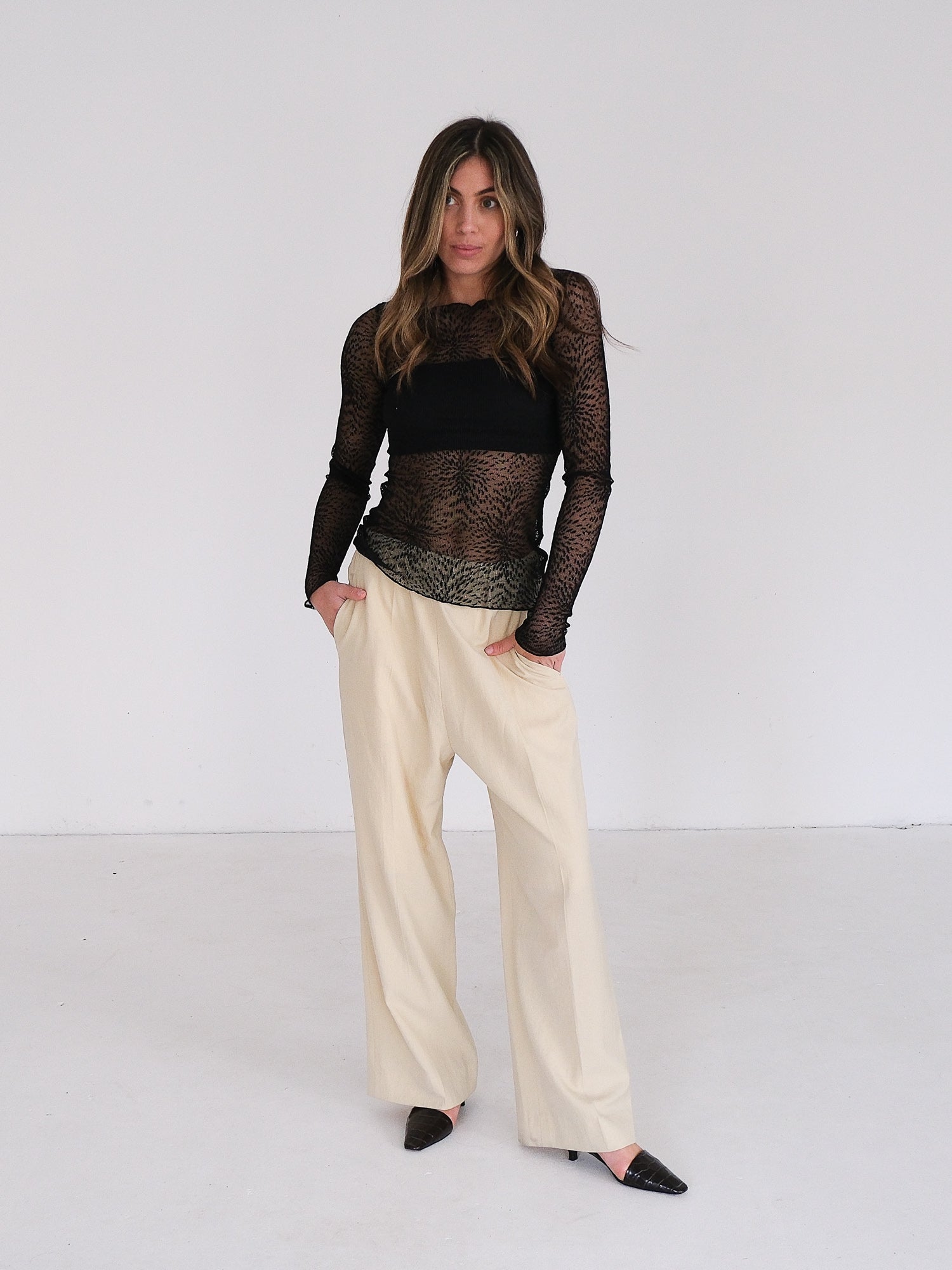
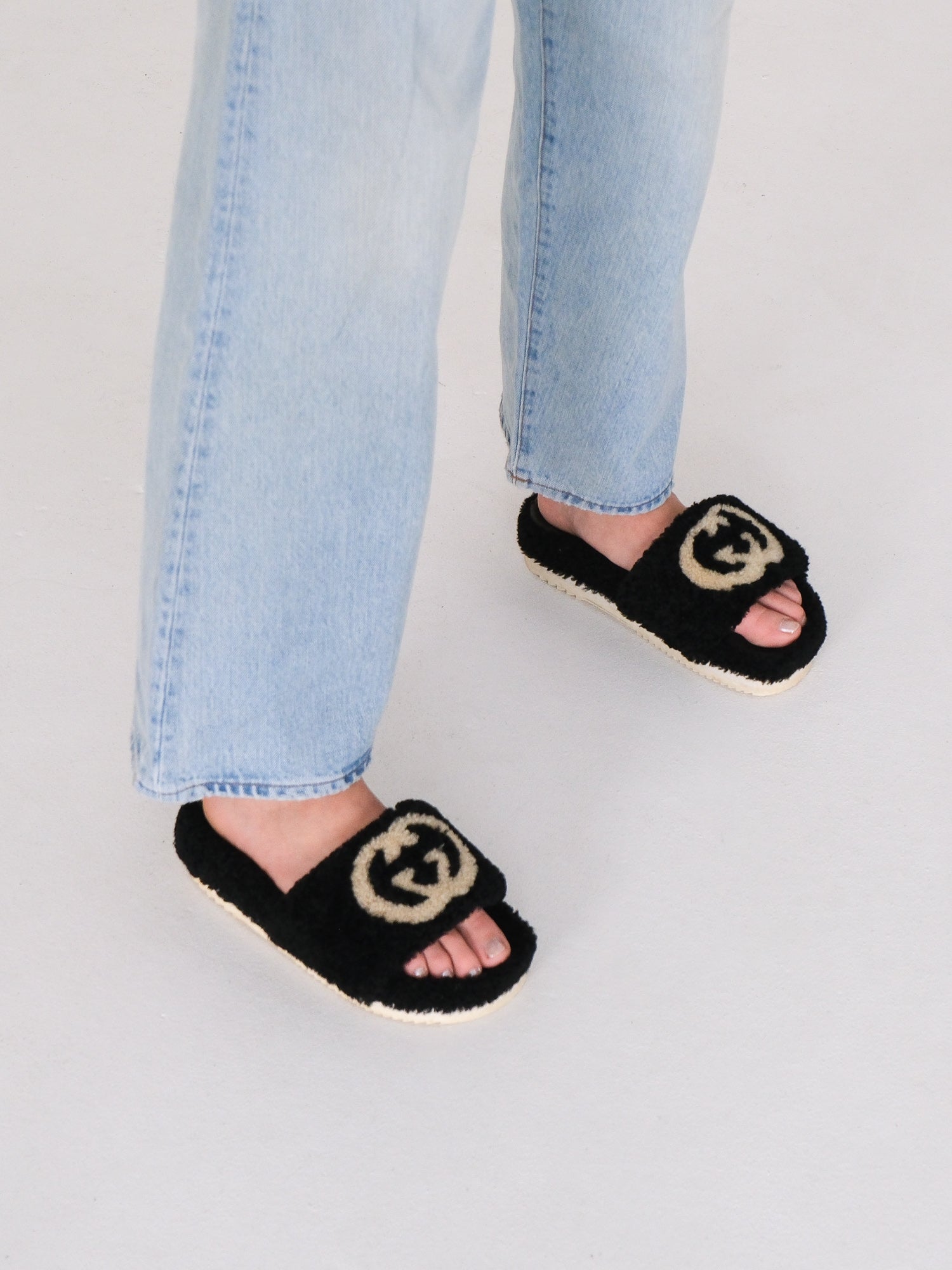
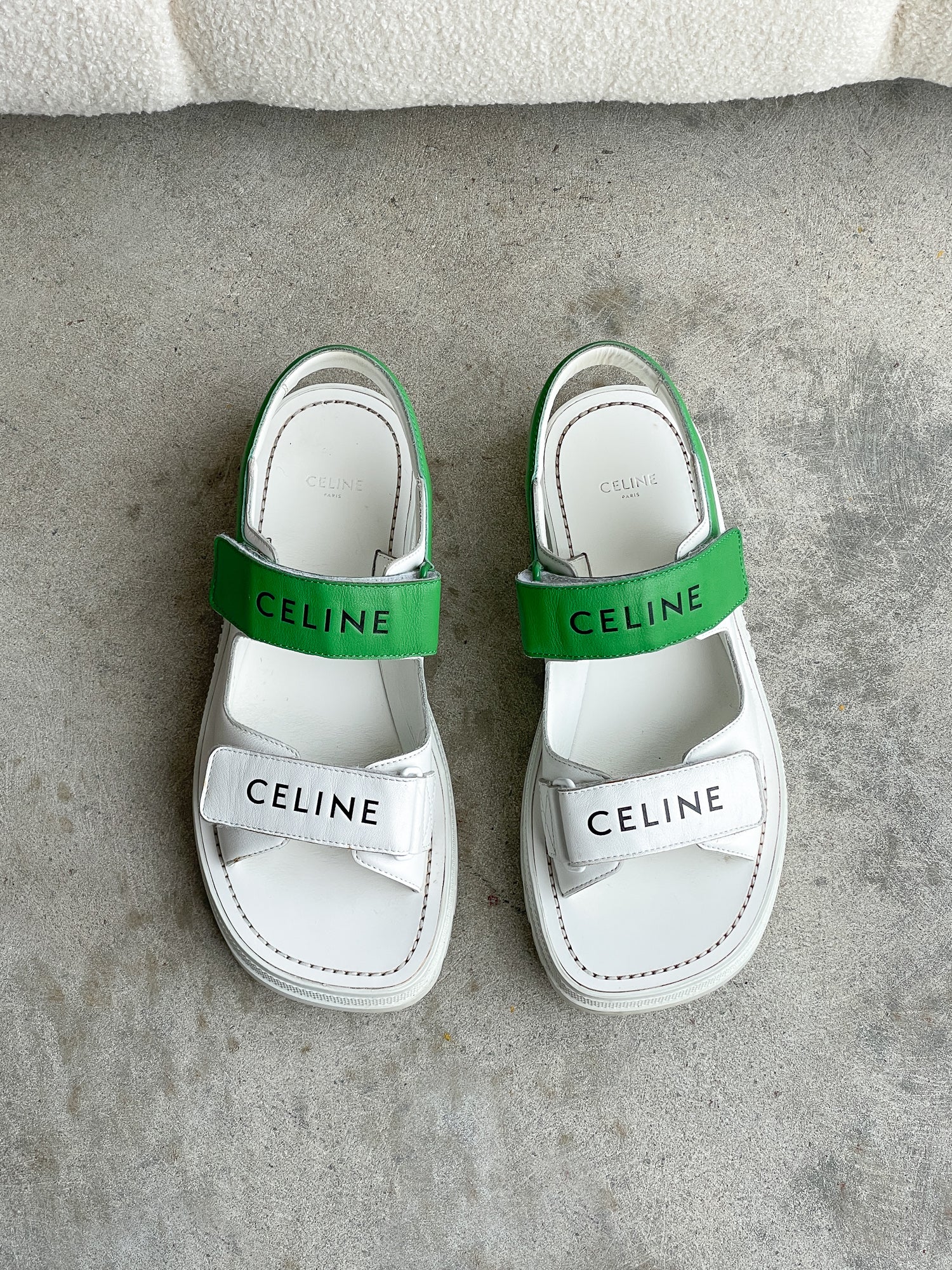
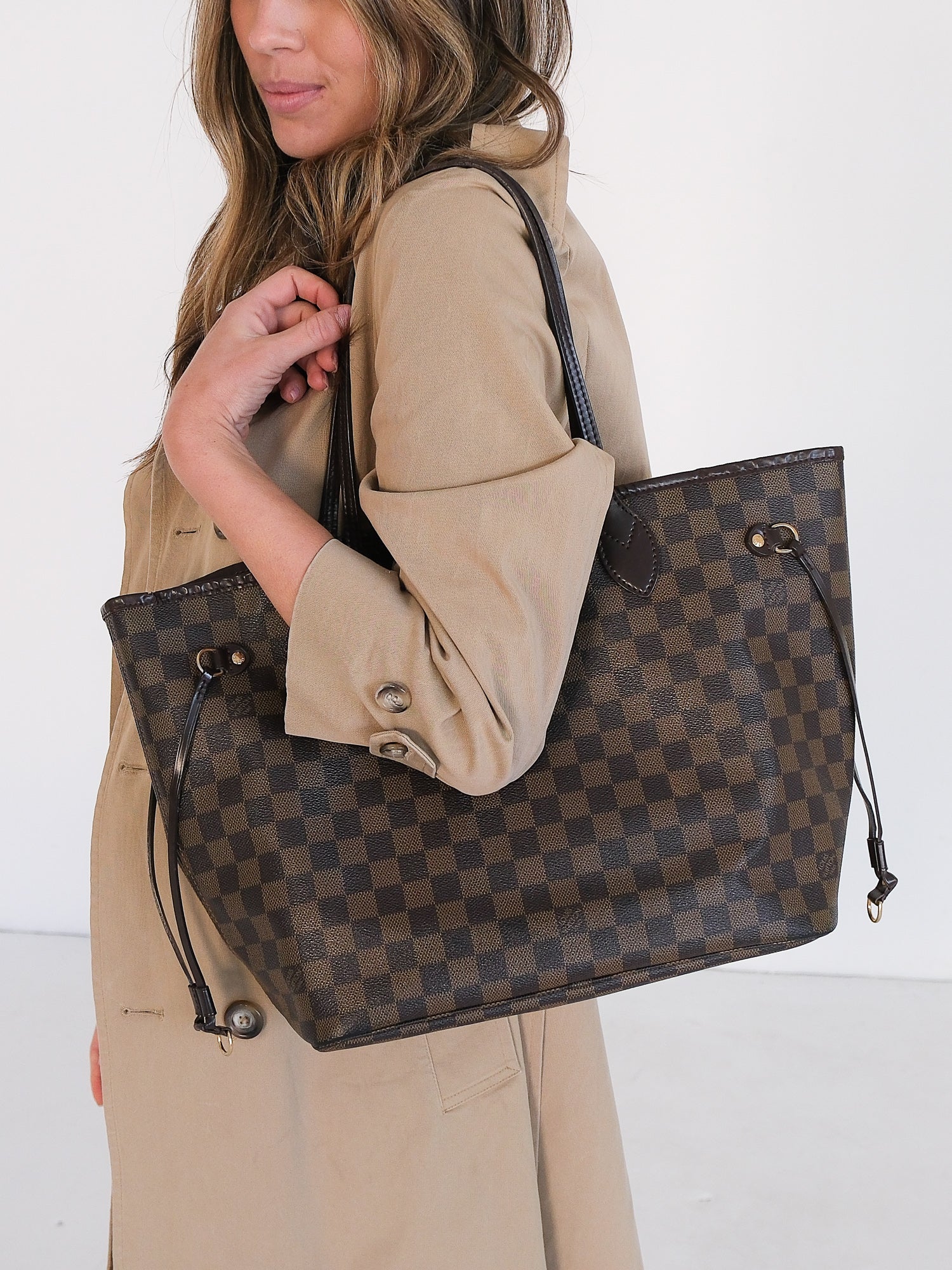

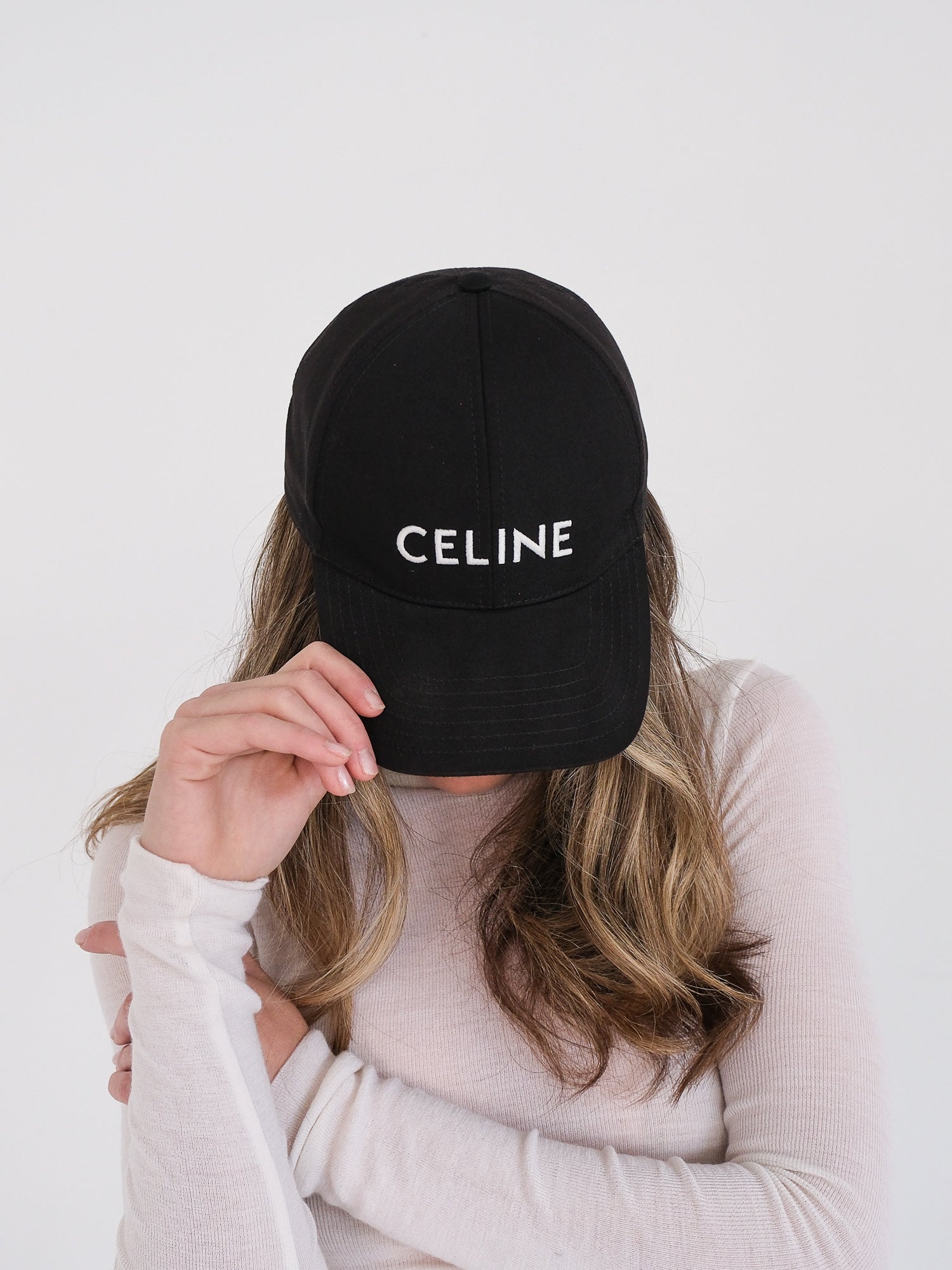
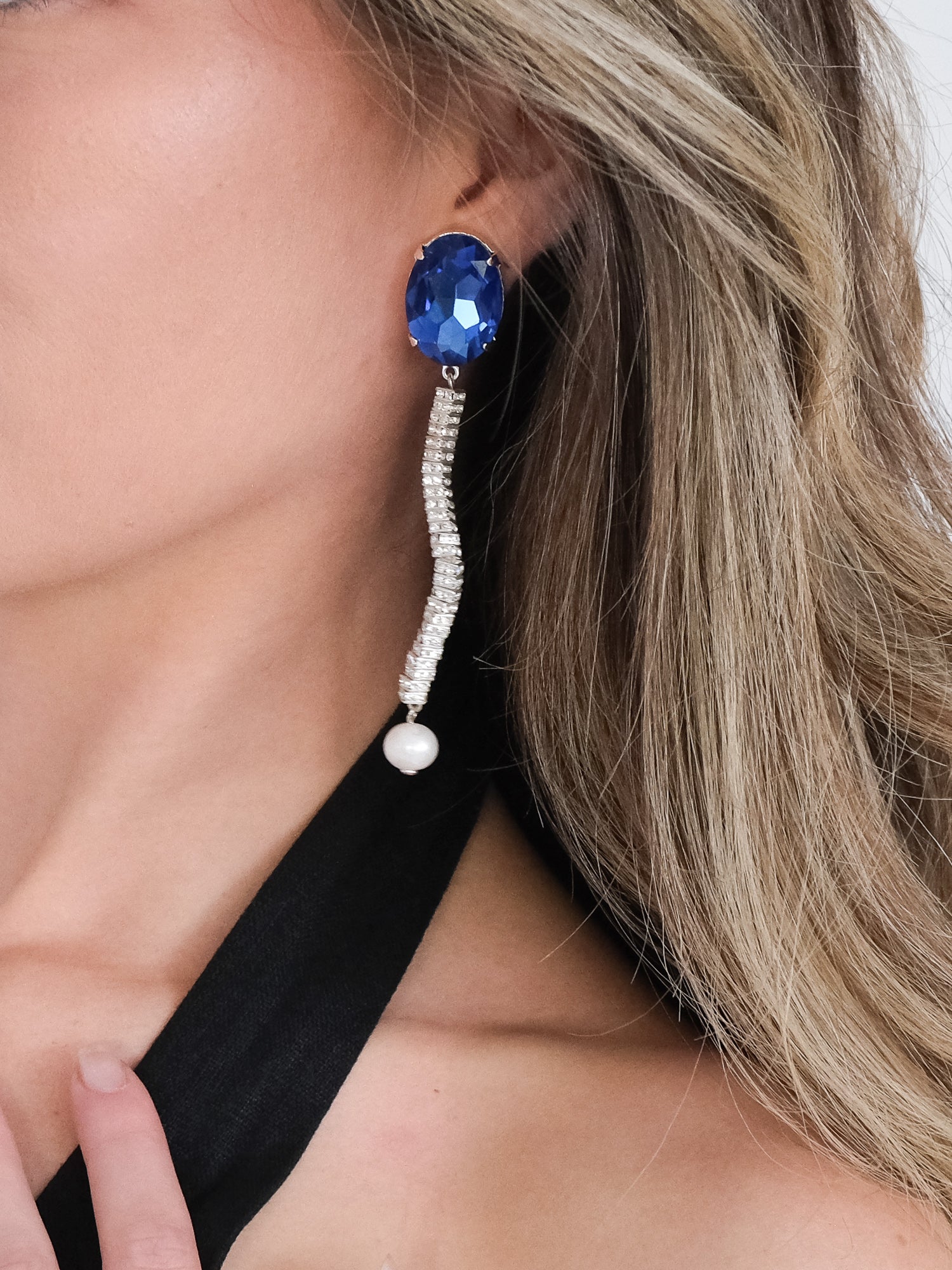
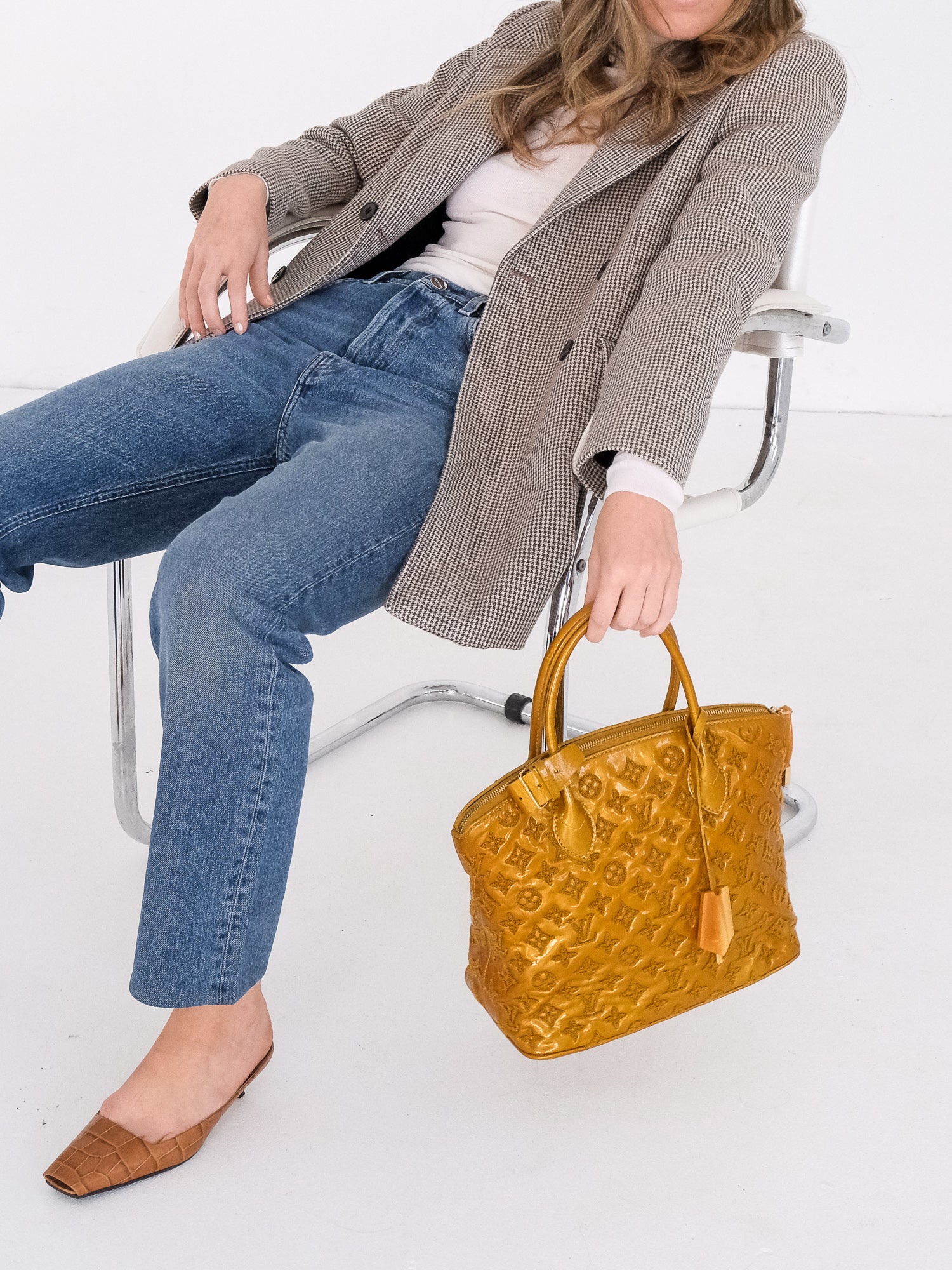
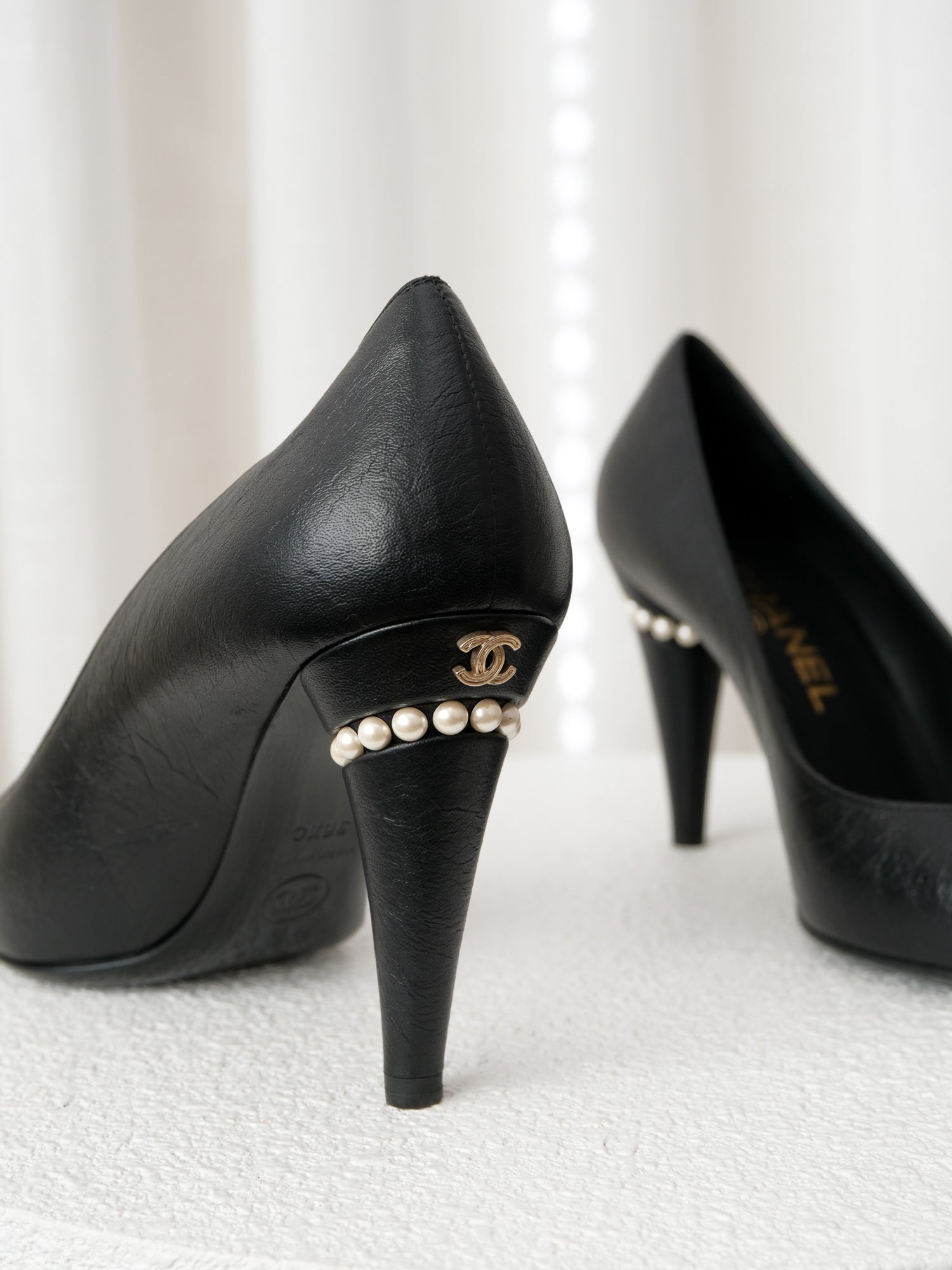
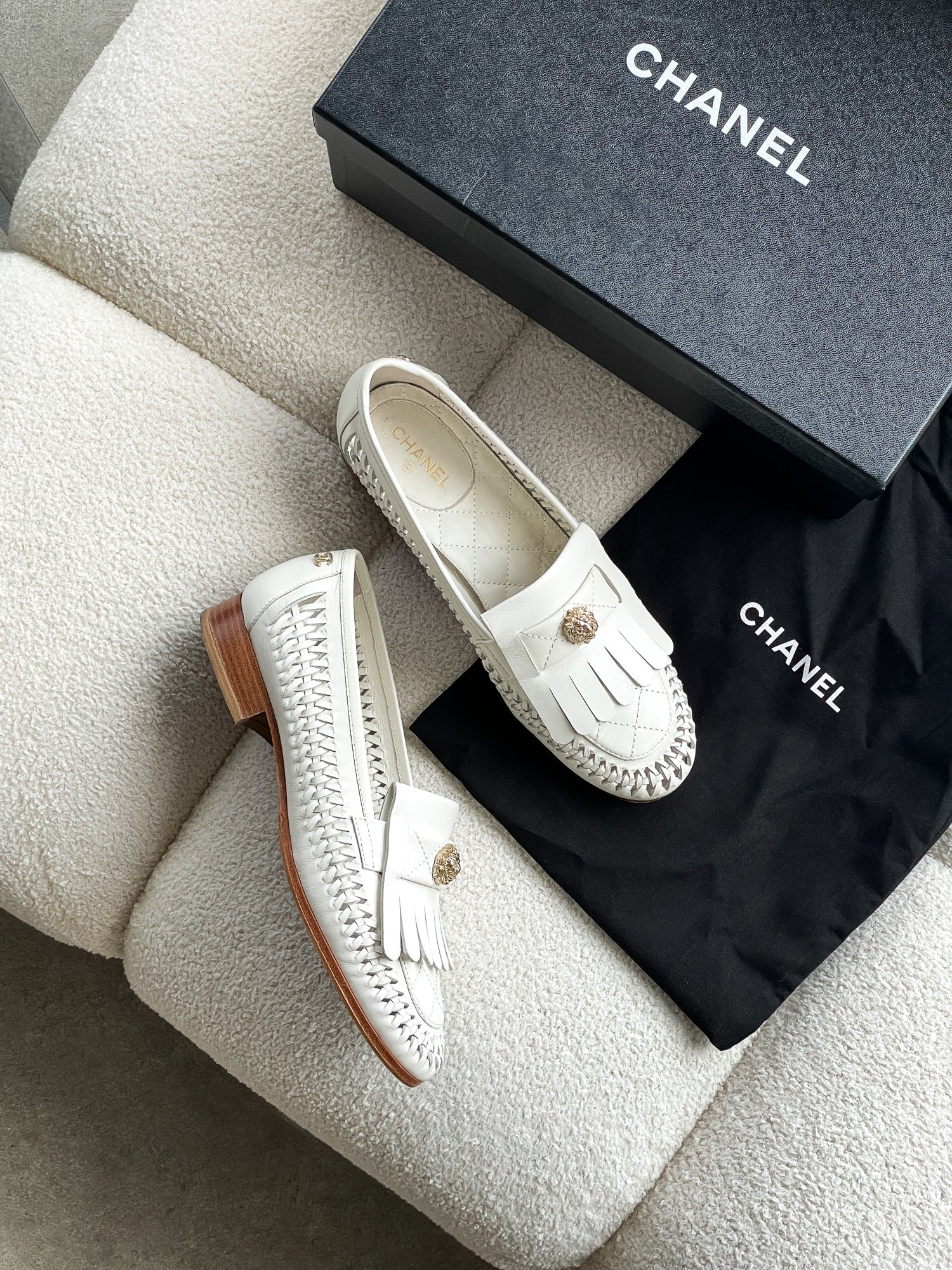
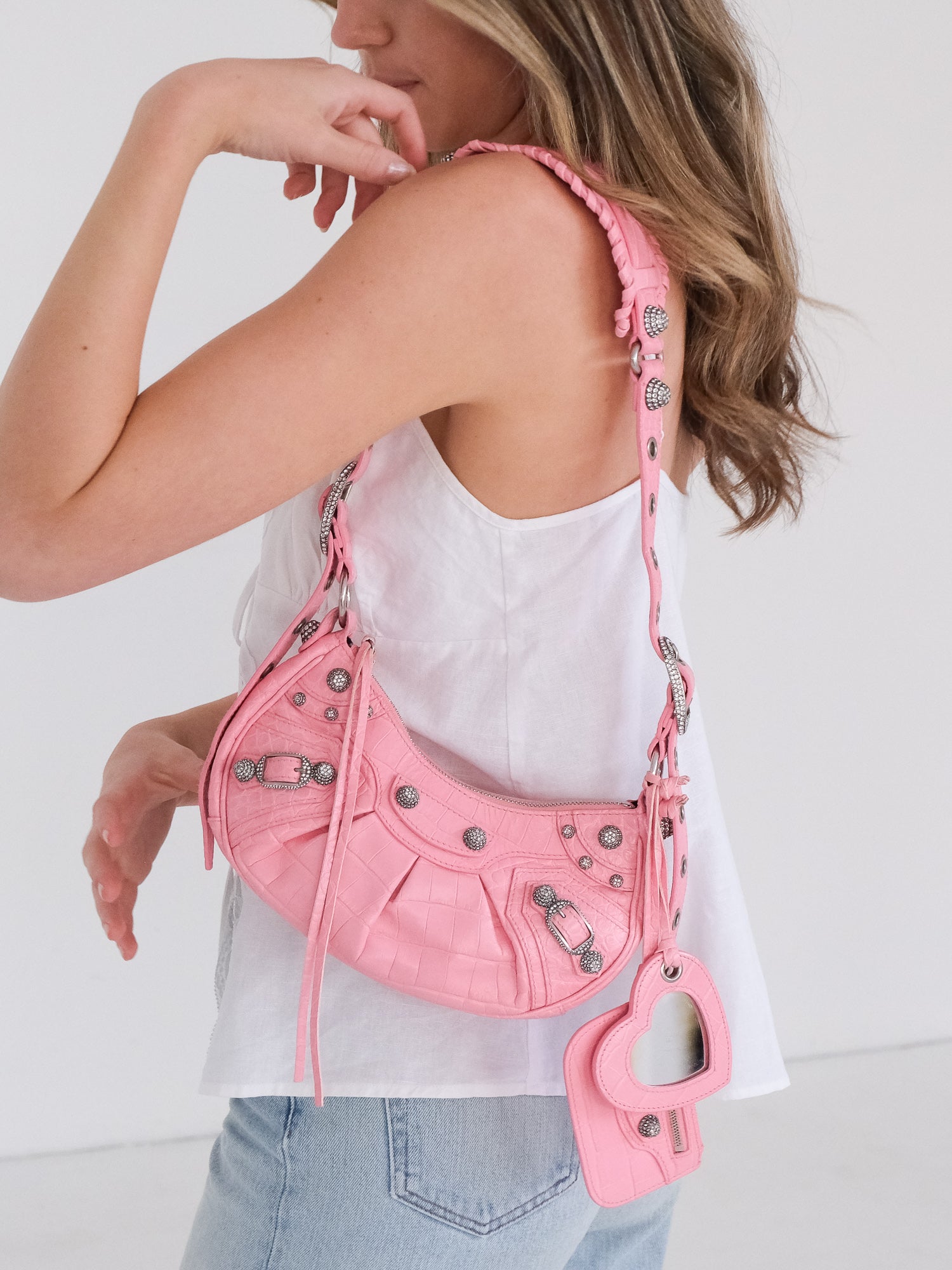
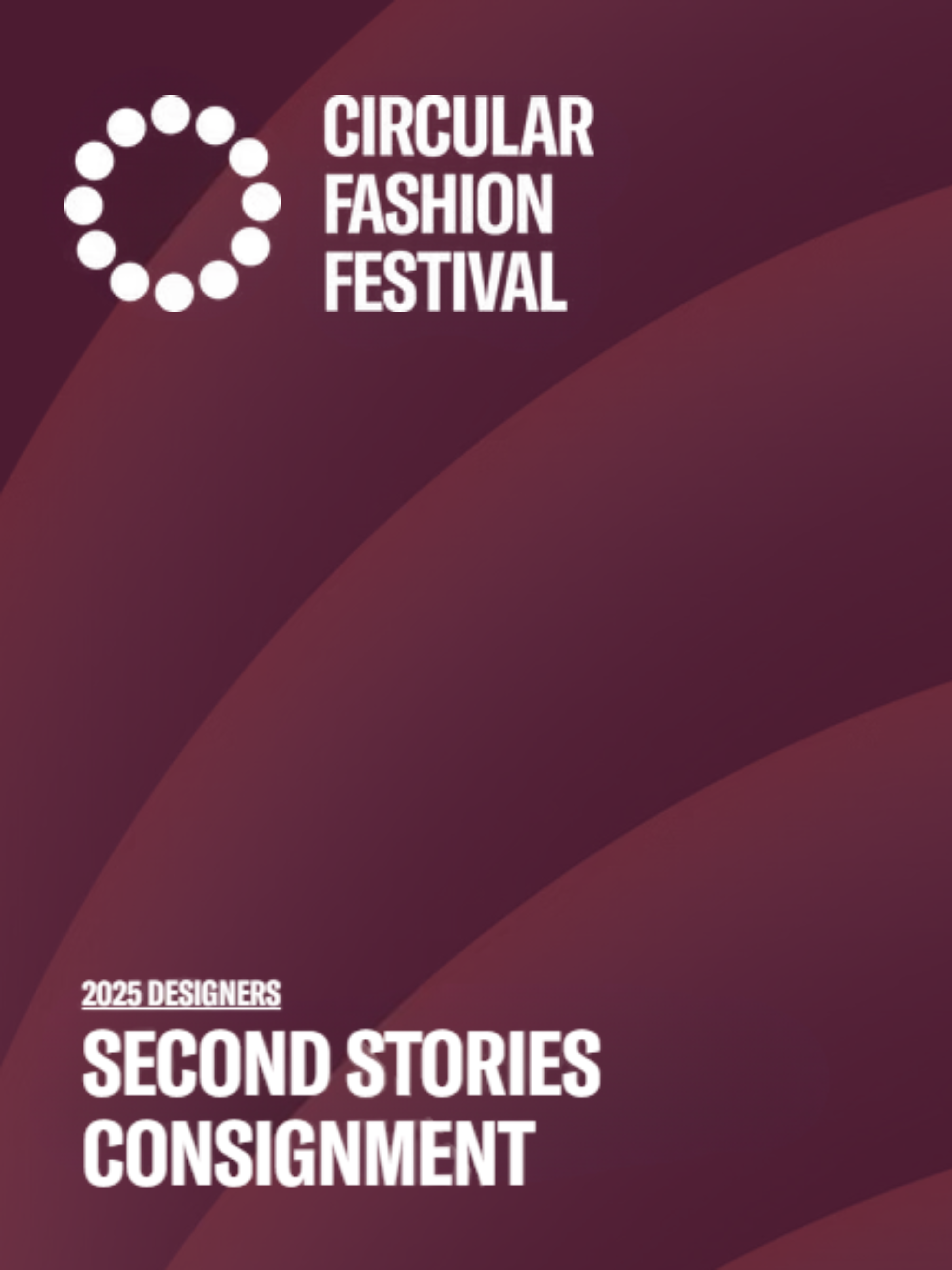
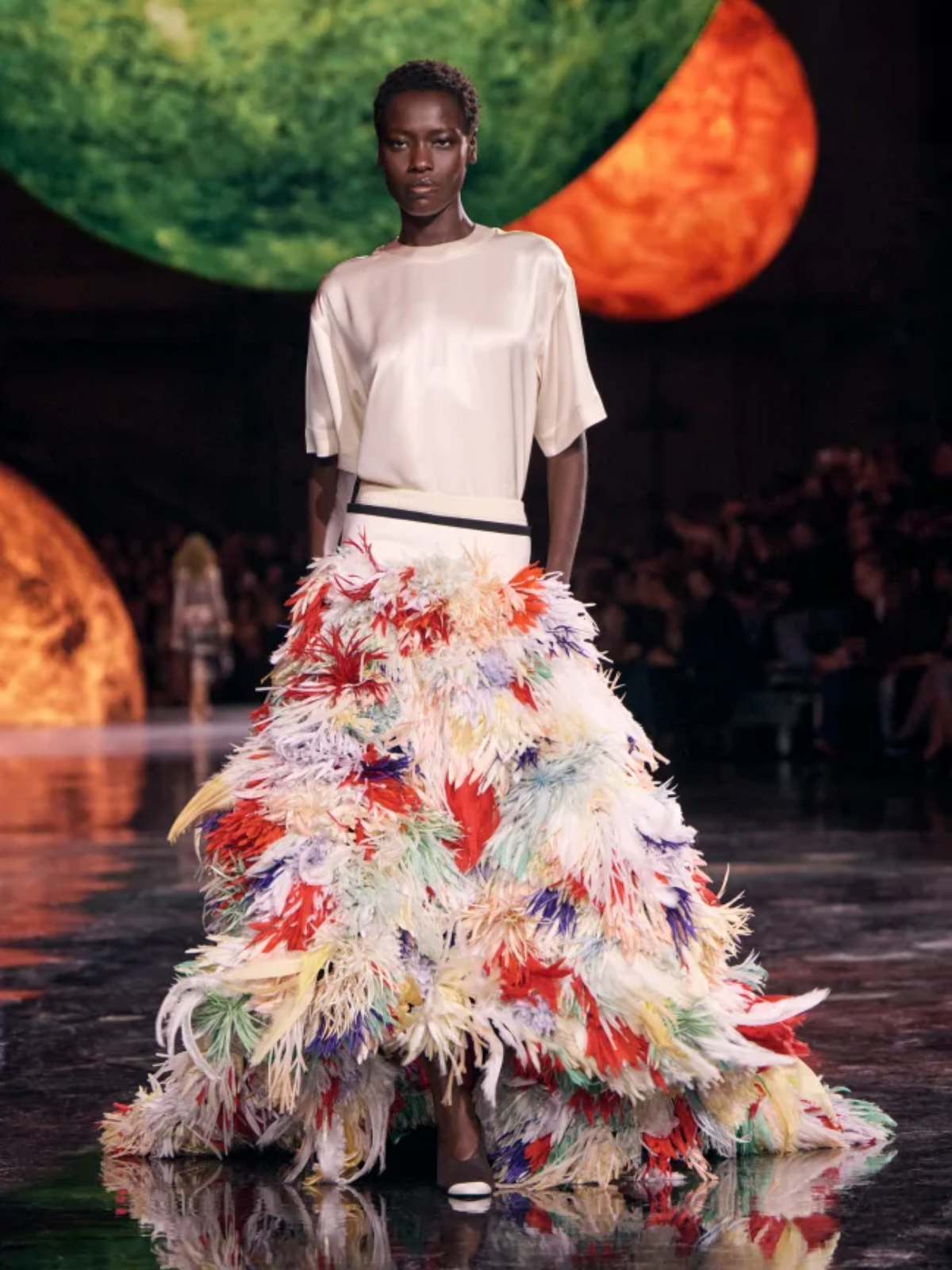
Leave a comment
This site is protected by hCaptcha and the hCaptcha Privacy Policy and Terms of Service apply.